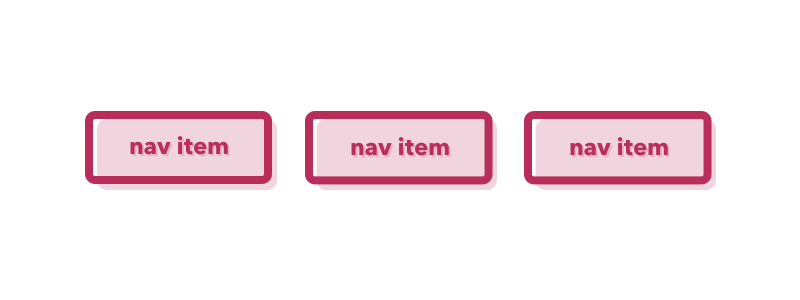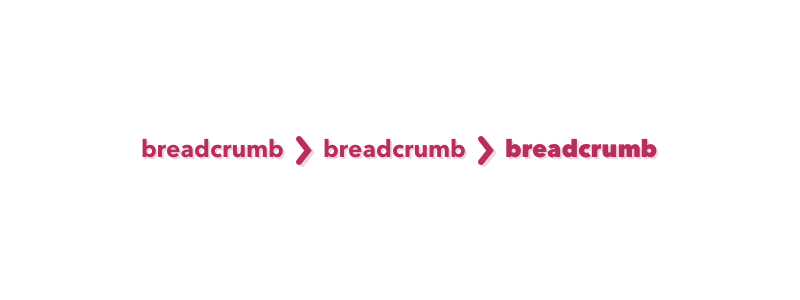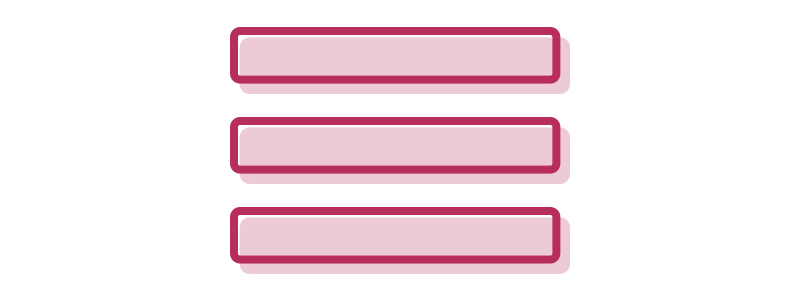Word: Primary Navigation
Definition: Directing links on a website or application that (most typically) appear above the fold, are displayed near the top of the page, and represent the content that is most relevant to the user.
Thoughts: Primary navigation can usually be found at the very top of a page and is always displayed prominently. Navigation is key to way-finding and acts as a constant and comforting presence to orient the user.
Question: Is primary navigation a left-over relic of internet-past? What will be the role of primary navigation on our infinite and parallax scrolling future?










